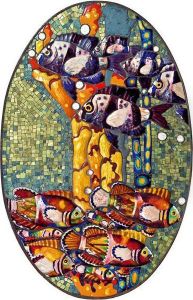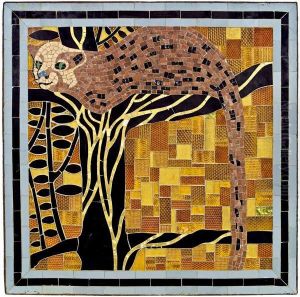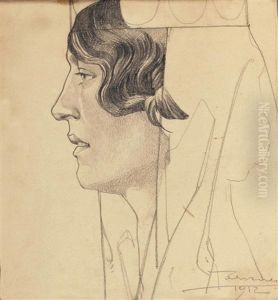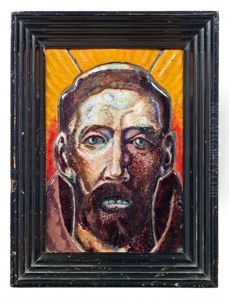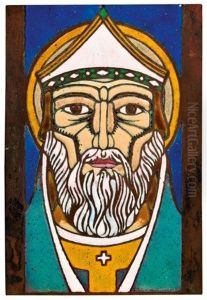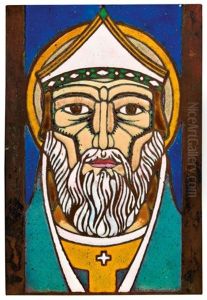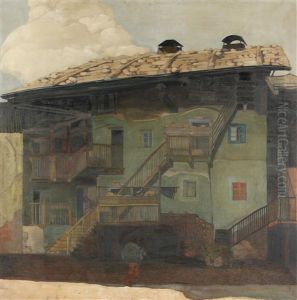Leopold Forstner Paintings
Leopold Forstner was an Austrian artist known for his contributions to the Jugendstil movement, the German counterpart of Art Nouveau, which was popular at the turn of the 20th century. Born on April 13, 1878, in Jihlava, which was then part of the Austro-Hungarian Empire and now is in the Czech Republic, Forstner's work was influenced by the Secessionist movement in Vienna, a group that sought to break away from the traditional academic art of the time.
Forstner initially trained as a glass painter, which would become a significant medium for his artistic expression throughout his career. He studied at the School of Applied Arts in Vienna under notable figures such as Kolo Moser and Josef Hoffmann, who were leading artists of the Viennese Secession. Forstner's work often featured geometric forms and stylized natural elements, which were common themes in the Jugendstil aesthetic.
In addition to his glasswork, Forstner was also an accomplished painter, illustrator, and mosaic artist. He worked on various projects, including architectural designs where his contributions added both functional and decorative value. Forstner's style evolved over the years, and he started incorporating more abstract elements into his work, which reflected the influence of other contemporary art movements.
During World War I, Forstner served in the military, which interrupted his artistic career. However, after the war, he resumed his work with renewed vigor and continued to contribute to the arts through his teaching. He became a professor at the School of Applied Arts in Vienna, where he had once been a student, and influenced a new generation of artists.
Leopold Forstner's legacy lives on through his contributions to the Jugendstil movement and his role in the evolution of modern art in Austria. He passed away on July 4, 1936, in Vienna. His works remain in collections and museums, showcasing the unique blend of naturalism and stylization that characterized the artistic innovations of the early 20th century.
